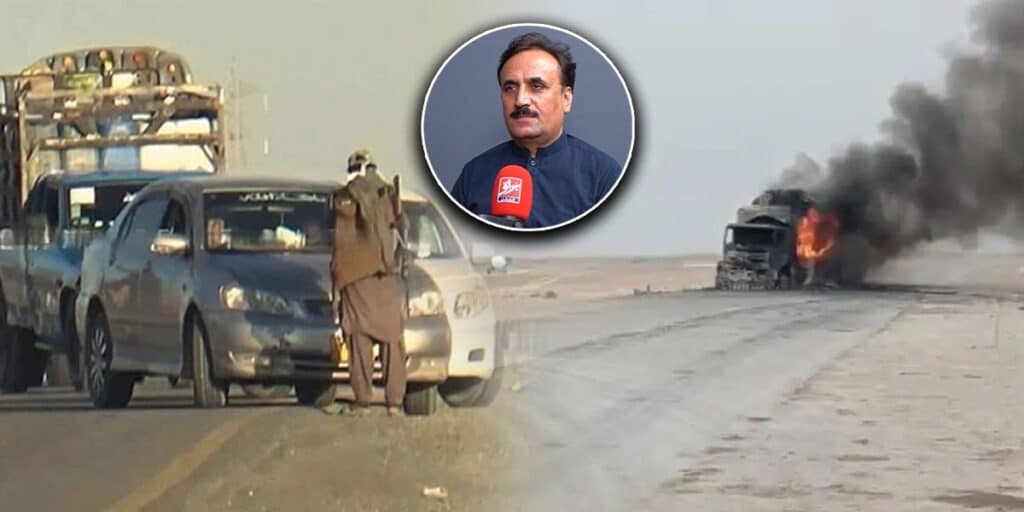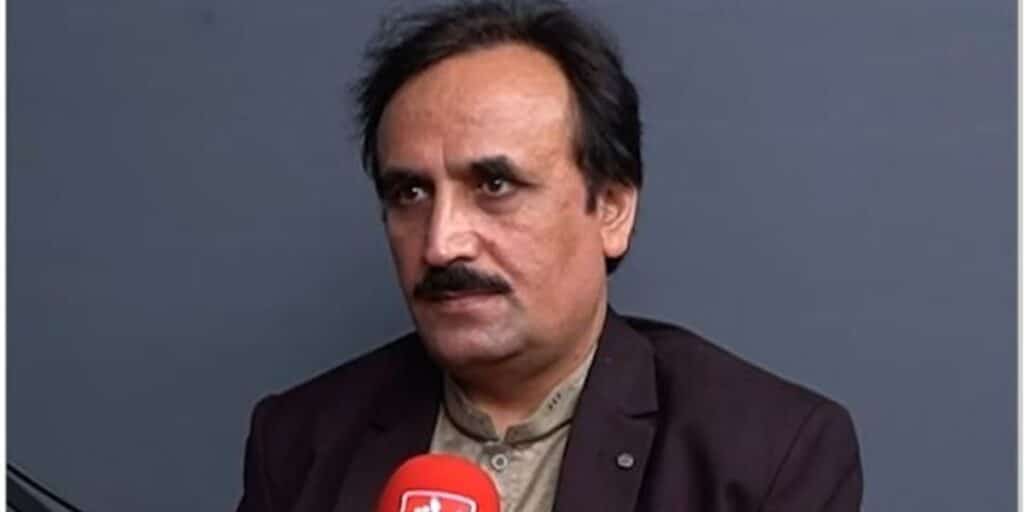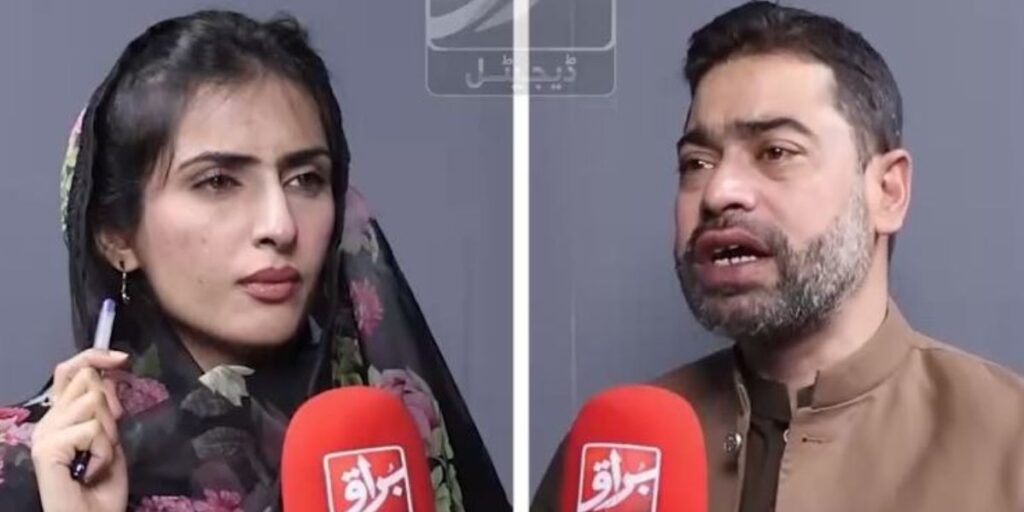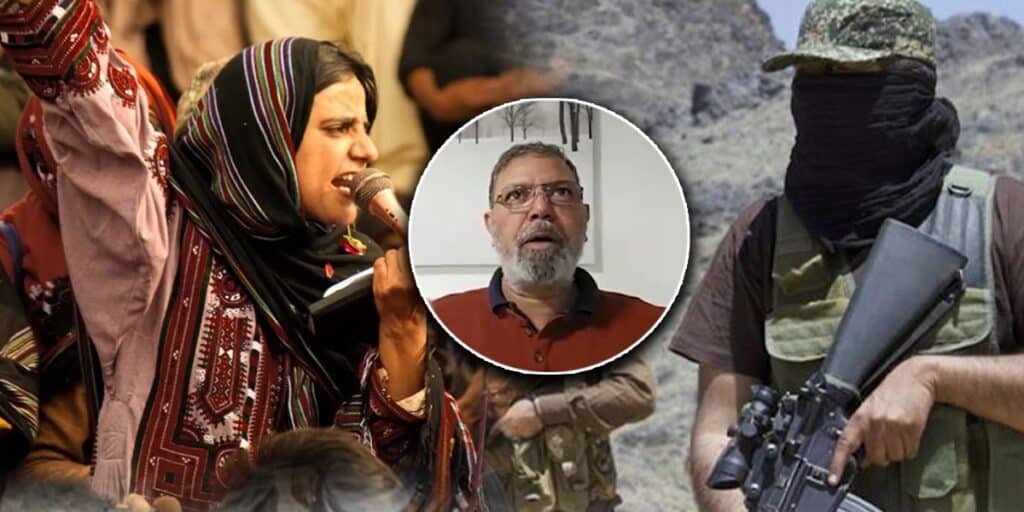By: Abdullah Khan
The recent so-called “Operation Baam” announced by the Balochistan Liberation Front (BLF) has raised serious concerns, not because of its military impact, but because of the sheer manipulation of facts, figures, and narratives. As someone who monitors militant activity and verifies their claims on the ground, let me be clear: this operation is more about optics and funding than actual effectiveness.
The BLF claimed it carried out 70 attacks within 24 hours after the launch of ‘Operation Baam’. However, Pakistan Institute for Conflict and Security Studies (PICSS) independent verification found only about 10 verifiable incidents, most of which were low in intensity and did not target security forces, contrary to their narrative. One so-called “attack” involved throwing a hand grenade during a cricket match, injuring civilians. Yet, they labeled it as a strike on a military camp. This pattern of exaggeration is not new—BLF has historically made inflated claims, including false assertions of attacks in cities like Karachi.
Why do they do this?
The answer lies in funding and internal propaganda. Militant groups like BLF rely on external financing, often linked to diaspora and foreign sponsors. There are two key funding streams: one is general support, and the other is performance-based, tied to high-profile or complex attacks. By exaggerating numbers, these groups create the illusion of momentum and justify continued funding from sponsors, particularly those who are hostile to Pakistan and sympathetic to separatist causes.
Equally alarming is the coordination between BLF and factions of the Tehrik-i-Taliban Pakistan (TTP), particularly Jamaat-ul-Ahrar. This group, which once had documented ties to Indian intelligence through Afghan channels, now provides operational support to BLF in areas like Loralai and Musakhel—regions historically beyond BLF’s operational capacity. The implication is clear: BLF’s operational footprint is being artificially expanded with help from other terrorist groups, possibly with encouragement from hostile foreign actors.
Internally, the so-called Baloch insurgency is fracturing. Rivalries between BLA factions—led by Dr. Allah Nazar and Bashir Zeb—have hindered their attempts to form a unified front like the much-hyped BRAS (Baloch Raaji Aajoi Sangar). Personality clashes, competition for foreign funding, and divergent philosophies on insurgency tactics have created deep fissures within their ranks. Dr. Allah Nazar, for instance, reportedly believes that only through widespread chaos and a high death toll—up to 40,000–50,000 Baloch lives lost—can a so-called revolution be triggered. This ruthless logic underlines the extremism of their methods and worldview.
Most disturbingly, this insurgency increasingly targets ordinary civilians—Punjabis returning from funerals, migrant workers, school buses—under flimsy or fabricated justifications. Even fellow Baloch are not spared if they oppose the militant narrative. Every killing is quickly spun as a strike against “intelligence operatives,” yet no credible evidence is offered.
As someone who has travelled extensively across Balochistan and spoken to people from every ideological spectrum, I can say this with conviction: there is overwhelming consensus, even among sympathizers of BLA and BLF, that this insurgency will not achieve “freedom.” What it has done, however, is cause incalculable harm to the Baloch people themselves. The net losers are ordinary Baloch citizens, while the net beneficiaries are the enemies of peace in the region—those who seek to disrupt Pakistan’s development and sabotage its relations with China and other strategic partners.
The Baloch insurgency, as it stands today, is not a liberation movement. It is a failing project held together by foreign agendas, false narratives, and fabricated claims.





